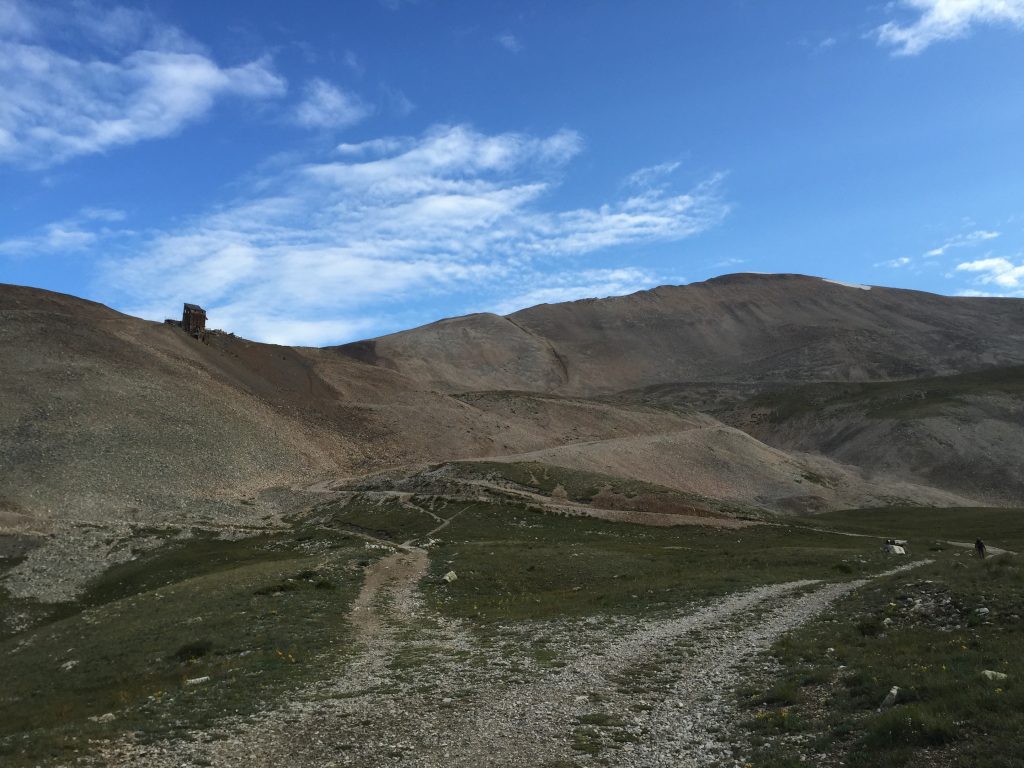Men to Match My Mountains?
In the summer of 2016 I climbed my first 14,000 foot mountain—Mount Sherman—a peak in the Mosquito Range of the Rocky Mountains. Mount Sherman (14,038 feet) is one of Colorado’s 58 “14-ers,” a sobriquet that designates it as one of the tallest mountains in the United States (there are 95 total peaks in Colorado, California, and Alaska that surpass 14,000 feet). The following summer I climbed Mount Lincoln, which soars some 14,286 feet above the Colorado Front Range. While I relished the physical challenge of these climbs and enjoyed the views from their summits I chose to tackle them because they are historical monuments and, for me, that made climbing them all the more rewarding.
Climbing mountains is not a quick task and during the often ponderous ascent there is plenty of time to contemplate why and how the peaks were named. Just four short years later I have finally gotten around to researching the origins of Colorado’s Civil War peaks—and found an article from 1866 that really put the naming process into perspective. The article, which appeared in the Rocky Mountain News on February 7, is entitled “Properly Named” and refers to Mount Sherman and Mount Grant. Apparently, the two peaks were named because their appearance and character reminded settlers of the personalities and visages of some of the war’s great heroes. The peaks were named after the personalities they most resembled.

I leave it up to Emerging Civil War readers to decide whether General Hughes had the right idea when assigning the names to his mountain monuments. His choice of descriptors, however, strike me as apt assessments of two of the most important Union officers at the close of the Civil War, as well proving an excellent indication of the esteem with which Sherman and Grant were held by those who had remained loyal during the conflict.
I will also note that the mountain just below the saddle of Mount Sherman was named after Phillip H. Sheridan, though I could not find evidence of when this occurred. Given the comparison in physical stature between Sherman and Little Phil, it does feel somewhat appropriate, but it remains telling that Grant and Sherman were named first and with clear purpose–suggesting the degree to which they both surpassed all others in the early Union memory of the war.


Cecily:
Thanks for this interesting article and the photos – and, by the way, entering the debate over exactly how many Fourteeners there are in Colorado as well as sneaking in a couple of Thirteeners. I wasn’t aware of the history behind these namings.
In addition to Lincoln and Sherman, another Fourteener with Civil War connections is the state’s highest, Mt. Elbert. Elbert was Territorial Secretary during the war and instrumental in raising volunteer units (he later became Governor).
Now that you’ve done those “walkups”, you’re ready for Capitol and its Knife Edge, Little Bear, or Crestone Needle. 🙂
I’m not brave enough to tackle anything requiring technical skill!
Thanks for your comment and for reading the piece, John!
It’s always nice to be reminded of our grear country and its great Americans. thanks Cecily.